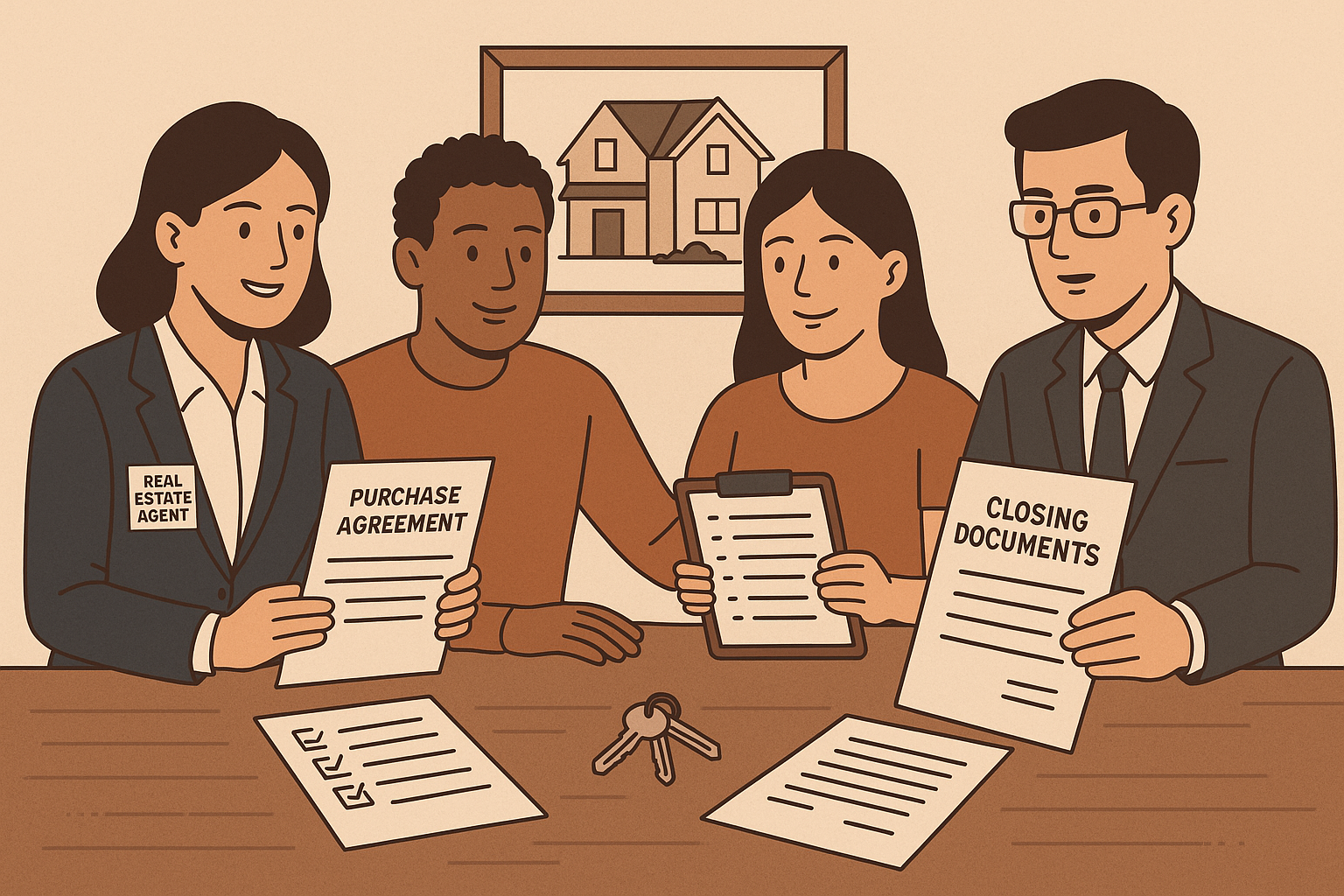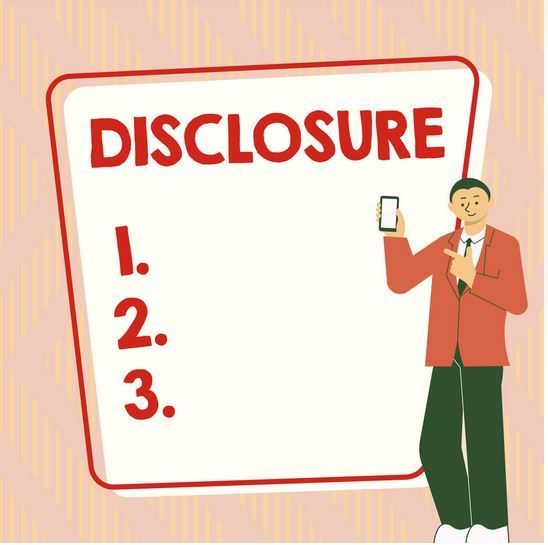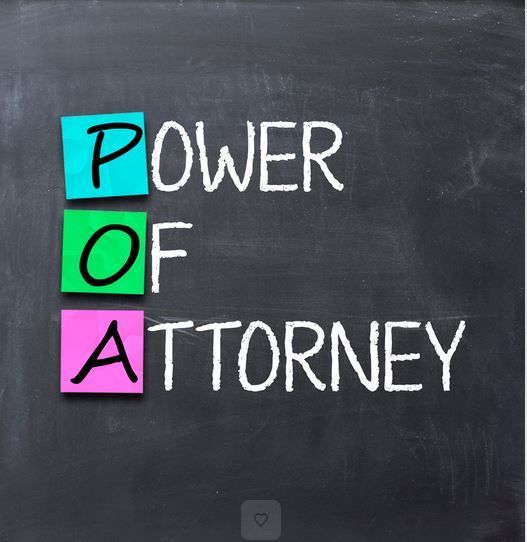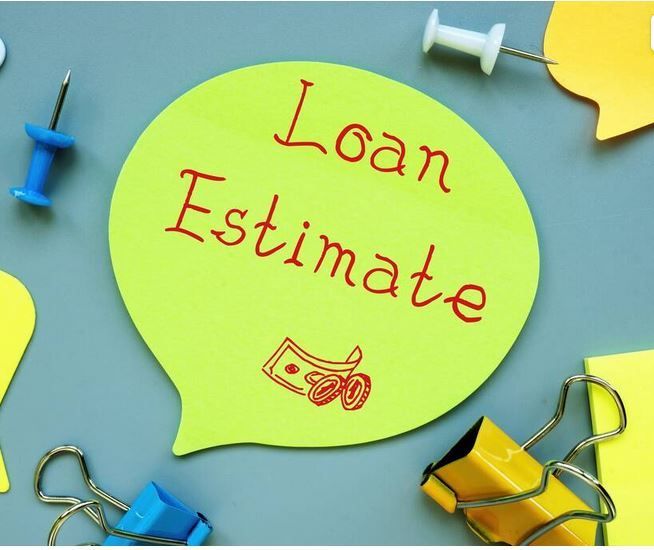Unlocking the Mysteries of Property Boundaries: The Essential Role of Surveys in Real Estate

When it comes to buying or selling real estate, one crucial element that often comes into play is the property survey. A detailed and accurate survey provides great value in various aspects of real estate transactions. But what exactly is a survey, and why is it so important?
What is a Property Survey?
A property survey is a precise, professional assessment of land, detailing its boundaries, physical features, and any improvements or structures on it. Conducted by licensed surveyors, this process involves measuring and mapping the property to create a comprehensive representation of the land.
What Can a Property Survey Show?
Boundaries and Property Lines:
- One of the primary purposes of a survey is to clearly define the boundaries of a property. This is crucial for establishing where your land ends and your neighbor’s begins, preventing potential disputes.
Improvements:
- Surveys document existing structures such as houses, garages, fences, and other significant features on the property. This information is essential for ensuring that improvements comply with local zoning and building codes.
Easements:
- Easements grant certain rights to others over a portion of your property. These might include utility companies accessing power lines or neighbors using a shared driveway. Surveys identify these easements, clarifying what rights others have over your land.
Rights of Others:
- Besides easements, surveys can reveal other rights of way or legal claims that others might have on your property, which could affect its use or value.
Topographical Features:
- Some surveys provide detailed topographical information, such as the terrain’s elevation and natural features like rivers, trees, and hills. This data can be crucial for construction planning and environmental assessments.
Why Surveys are Important
Accurate Deed Descriptions:
- A well-conducted survey ensures that the property’s legal description in the deed is accurate. This precision is vital for legal clarity and avoiding future disputes.
Understanding Property Improvements:
- Knowing exactly what improvements exist on the property helps in planning renovations, ensuring compliance with local regulations, and assessing the property’s value.
Identifying Easements and Rights:
- Understanding any easements or rights of others over your property helps prevent conflicts and ensures you are aware of any limitations on your property use.
Resolving Neighbor Disputes:
- Boundary disputes between neighbors are common. A professional survey provides a definitive answer to where property lines lie, helping to resolve conflicts amicably.
Facilitating Real Estate Transactions:
- Buyers and sellers both benefit from the clarity a survey provides. For buyers, it ensures they know exactly what they are purchasing. For sellers, it helps prevent any last-minute legal complications that could derail a sale.
Conclusion
In the world of real estate, knowledge is power. A detailed property survey equips you with critical information, ensuring that your property transactions are smooth, transparent, and legally sound. Whether you are buying, selling, or simply want to understand your property better, investing in a professional survey is a wise decision that can save you time, money, and potential headaches down the road.










